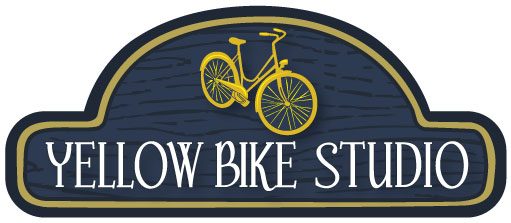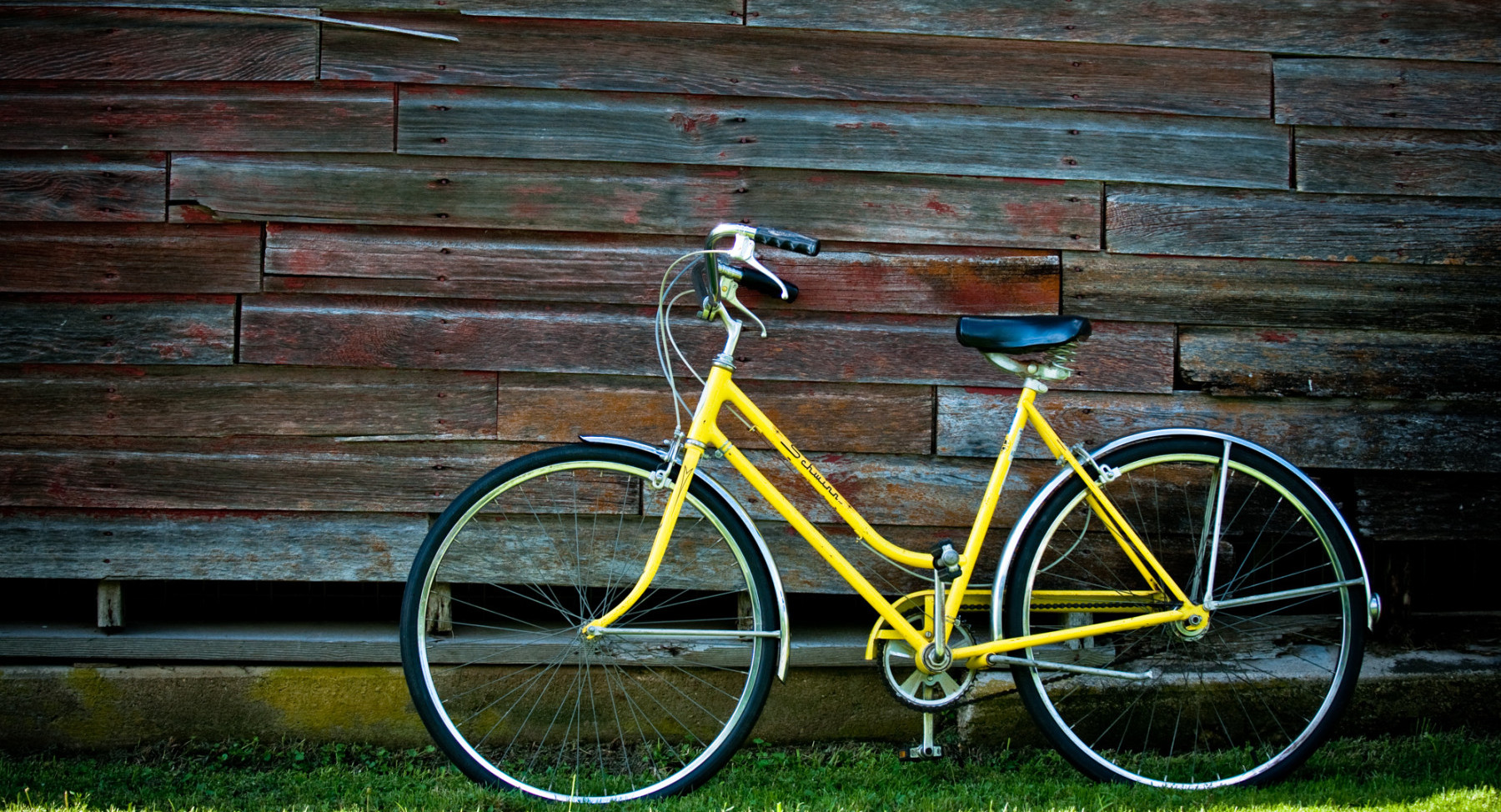I’ve been working on the notes I’ll be using for a beginner’s photo class I’ll be teaching and out of that preparation has come a cheat sheet of high-level concepts that I tend to repeat over and over.
I always state that photography can be broken down into two components: Lighting and Composition — if you don’t have those two things, you don’t have a good photograph. Of course, this doesn’t take emotion and the psychological attachment that people have to some images, but from a purely photographic standpoint, I stick by my claim.
Lighting
Color quality is a term often used to describe how conducive a light source is for a photograph. This is subjective to the type of image you are photographing. For portraits, florescent light is poor quality while morning daylight is high quality.
The time of day affects the quality of light. Morning and evening light is softer than noon-time light and therefore more appropriate for portraits.
Color temperature is measured in Kelvin (K). Higher temps are blue/cool, lower temps are red/warm. 5,500K is neutral daylight. Calibrating your white balance (for digital cameras) or filters (for film or digital cameras) can be used to correct color temperature.
Direction of the light source makes an impact on the mood of an image. Angling the light source against the subject matter can create depth and add detail.
Soft light vs hard light. Choose which type of light source you want for your picture. Portraits typically work better with soft light, but hard light can add a dramatic affect.
Distance and the size of the light source also affect whether the light will be soft or hard. Diffusing materials can be used to soften a light source (bed sheets work).
Composition
Rule of thirds. Draw a tic-tac-toe grid on your frame and position your subject matter in one of the intersections.
Portrait vs landscape. Choose the orientation of your picture to match your subject matter. People are vertical (typically), while landscapes tend to be horizontal.
Pay attention direction within the frame. Subjects looking off-frame should have less space behind them and more space in front of them. Likewise, if something has a sense of motion in the frame, allow for space in front of it so that it feels like it has room to move.
Foreground AND background are both important during the composition of an image. Watch out for tonal similarities between the foreground and background — it’s easy to take a picture where the subject looks like he has a branch growing out of his head.
Contrast, be it with color or brightness or focus, is how you create separation between foreground and background.
Et cetera
Take your time. Most of the time, photographs do not have to be rushed. If you know you’ll have limited time, spend some time scouting the area and prepping the image.
Look first then shoot. Spend a second looking at the entire frame before you take the picture. Is the subject prominent? Is somebody photo-bombing your image? A quick look before you snap the shot can save countless hours of post-production.
Take more pictures. Get out there and take pictures. If you see a picture you like, try to replicate it. Retake a picture that didn’t turn out how you wanted it to.
Read and explore. From photography blogs to Flickr, there are thousands of ways to get inspired and educated. Take advantage of them.

